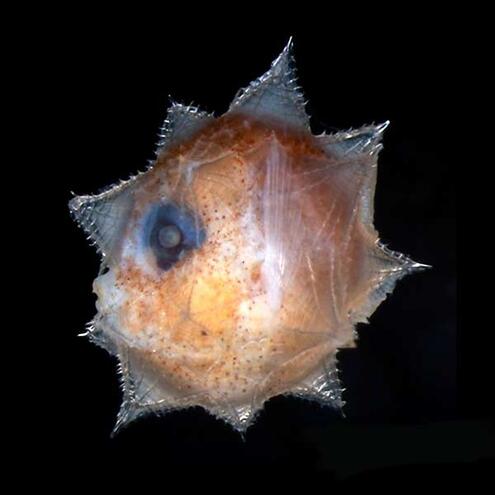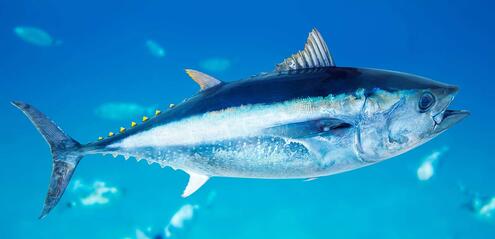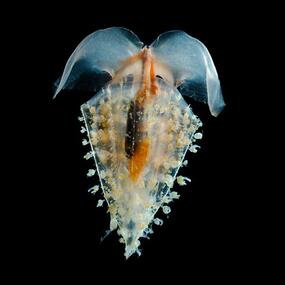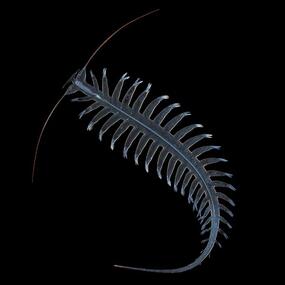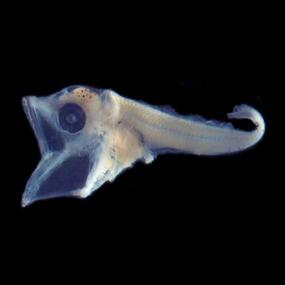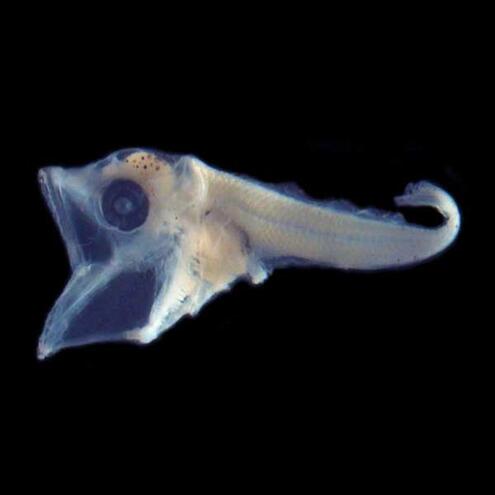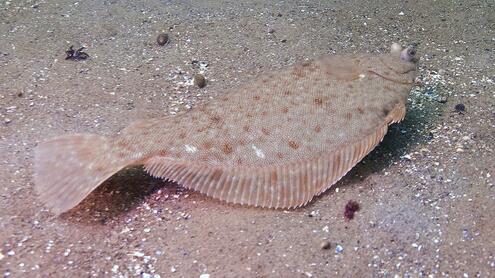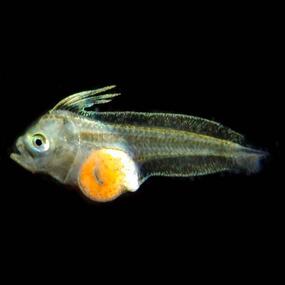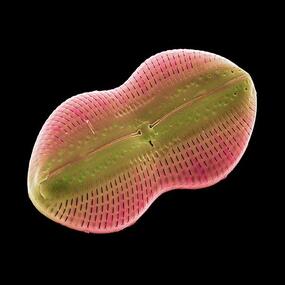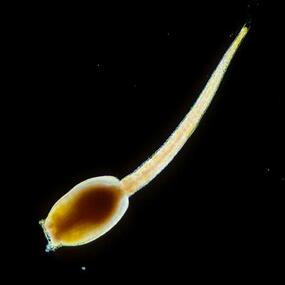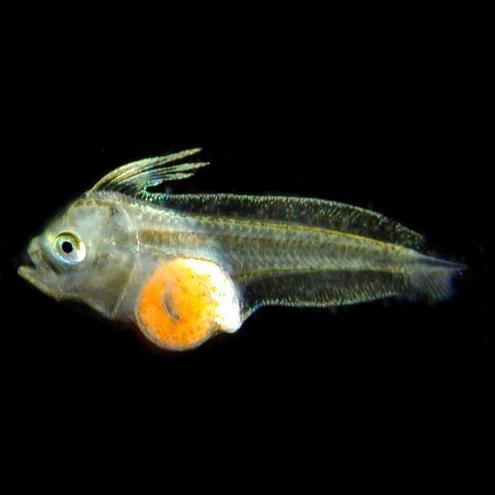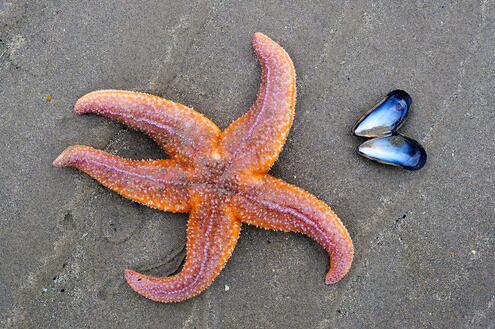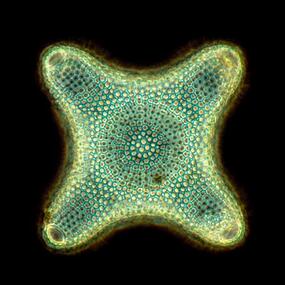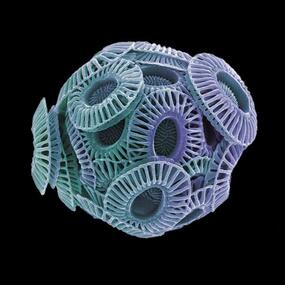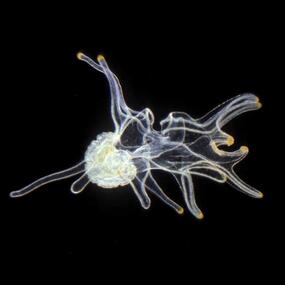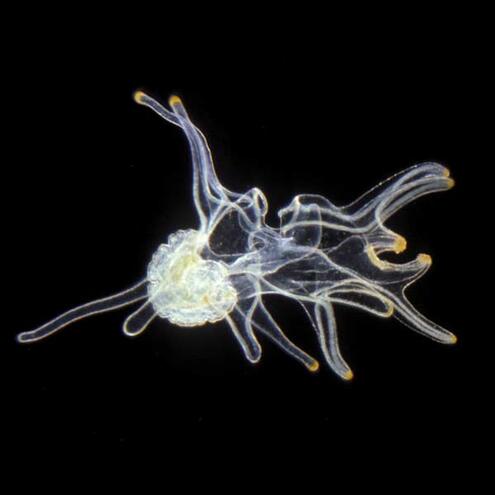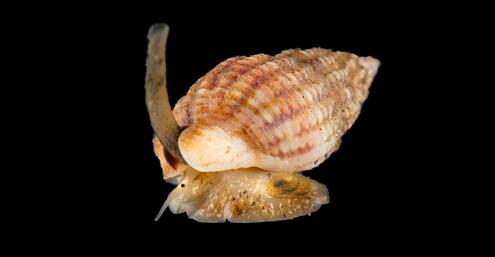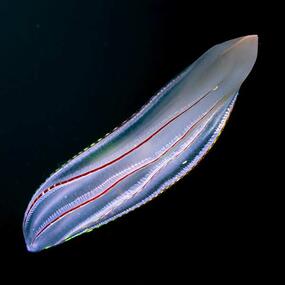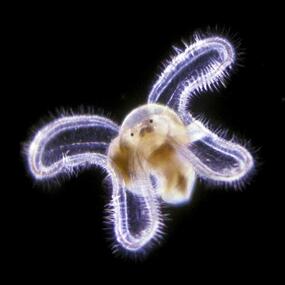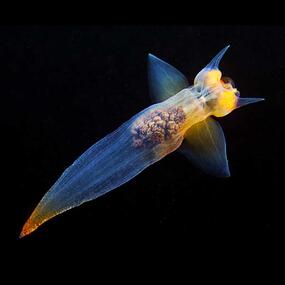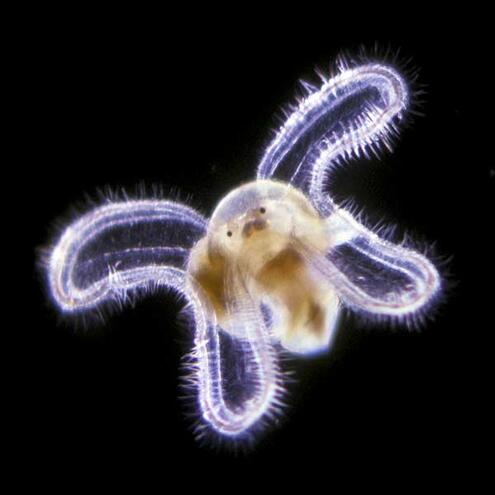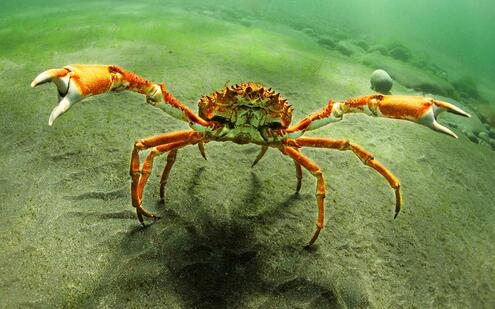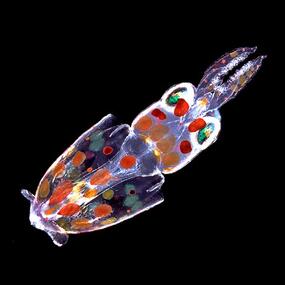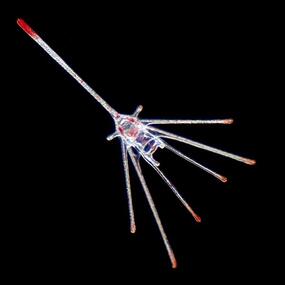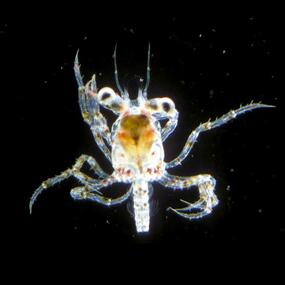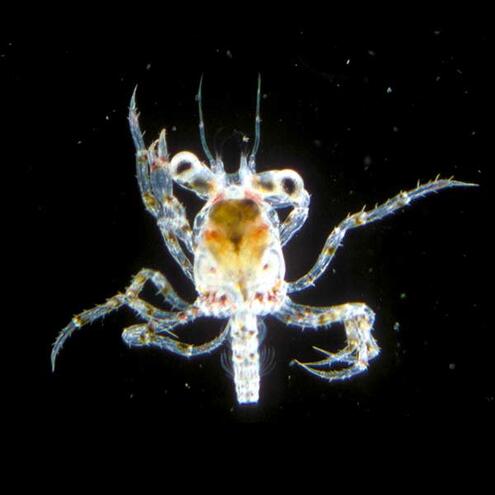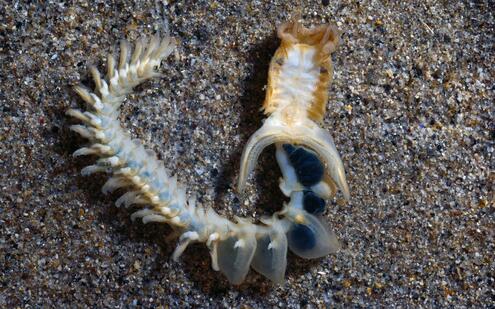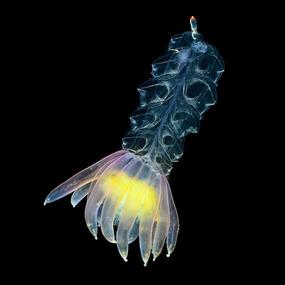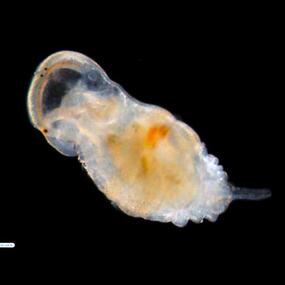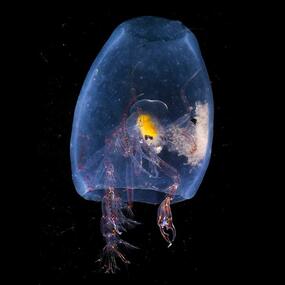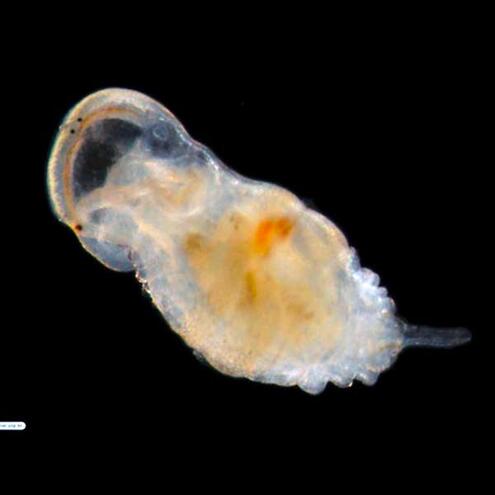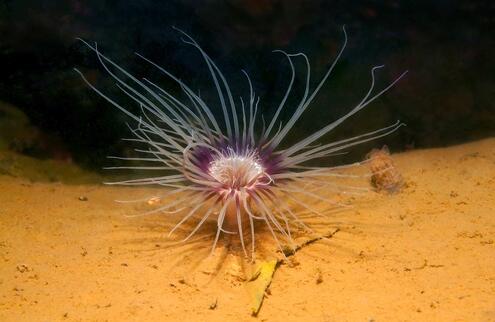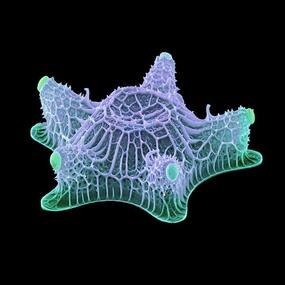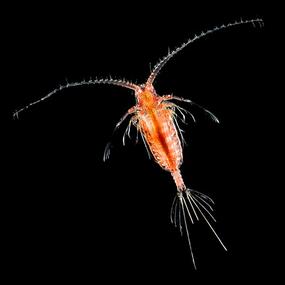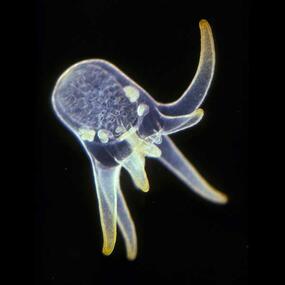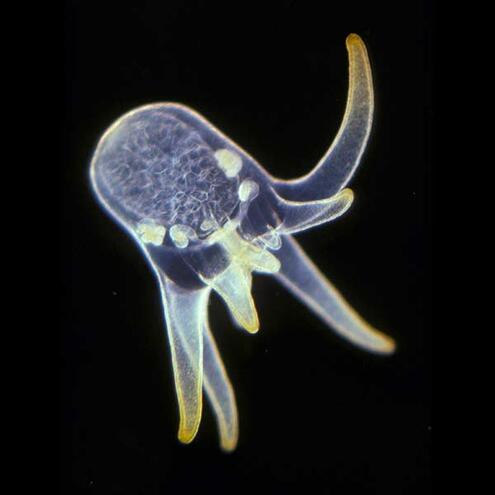Find My Plankton Baby Picture
The ocean teems with life, from the blue whale to the pygmy seahorse to brain coral. But did you know that the ocean is also home to plankton? These marine organisms drift with ocean currents. And many of them are too small for humans to see. There are two kinds of plankton: phytoplankton and zooplankton.

Phytoplankton are microscopic organisms that use sunlight to grow and make food. They also produce most of the oxygen we breathe. Phytoplankton are just as important to life on Earth as rainforests!
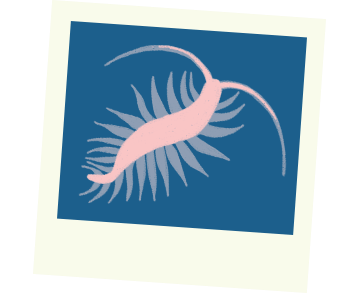
Zooplankton are tiny marine animals that can't swim strongly against the ocean current. Some are permanent drifters in the sea. Others are actually larvae: baby forms of larger marine animals. As these ocean babies grow up, some gain the ability to swim. Some become able to propel themselves through water. And some eventually settle out to live on or near the ocean bottom. The adults they become no longer drift with the currents. So, they are no longer considered plankton.
These marine adults can look very different from the larvae they once were. Can you find their plankton baby pictures?
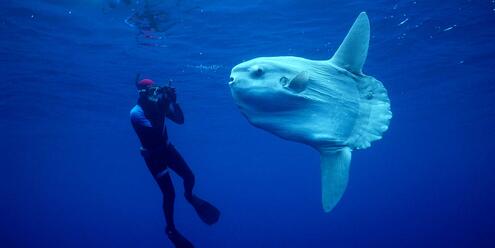
I’m an ocean sunfish, the heaviest bony fish in the world. I can weigh as much as 1,000 kilograms (2,200 pounds)! But when I was a baby, I was as small as the head of a pin. And I had a spiky, star-shaped covering.
Can you find my plankton baby picture?
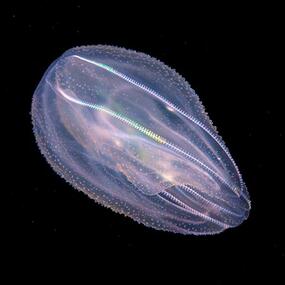
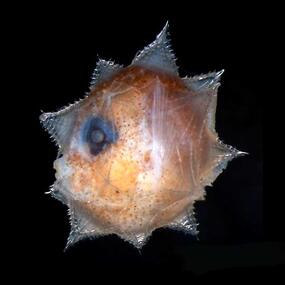
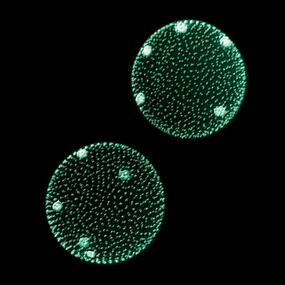




 Biodiversity
Biodiversity
 Brain
Brain
 Genetics
Genetics
 Marine BiOLogy
Marine BiOLogy
 MicrobiOLogy
MicrobiOLogy
 PaleontOLogy
PaleontOLogy
 ZoOLogy
ZoOLogy
 AnthropOLogy
AnthropOLogy
 ArchaeOLogy
ArchaeOLogy
 Astronomy
Astronomy
 Climate Change
Climate Change
 Earth
Earth
 Physics
Physics
 Water
Water

